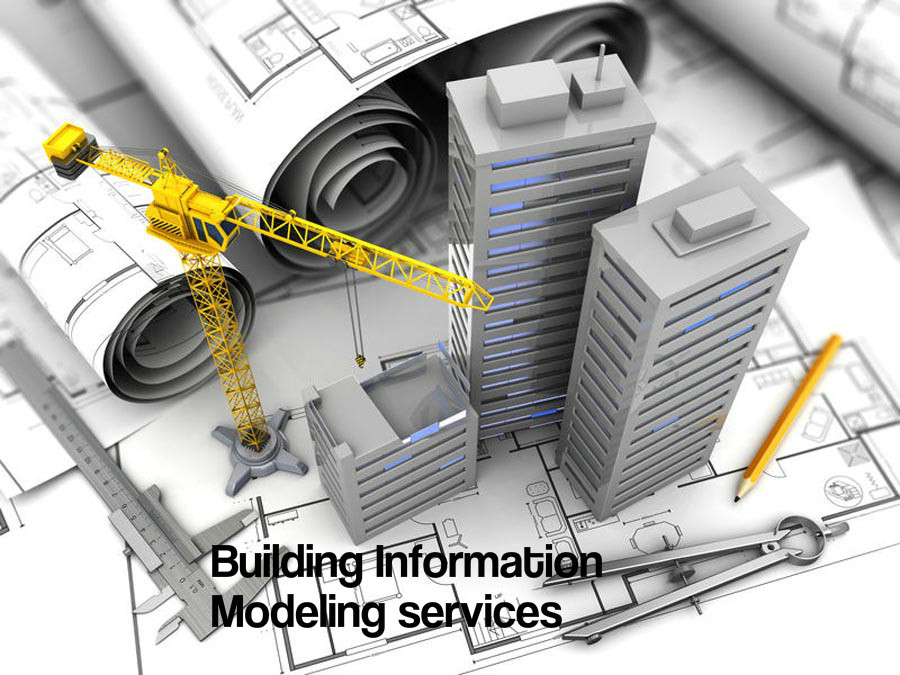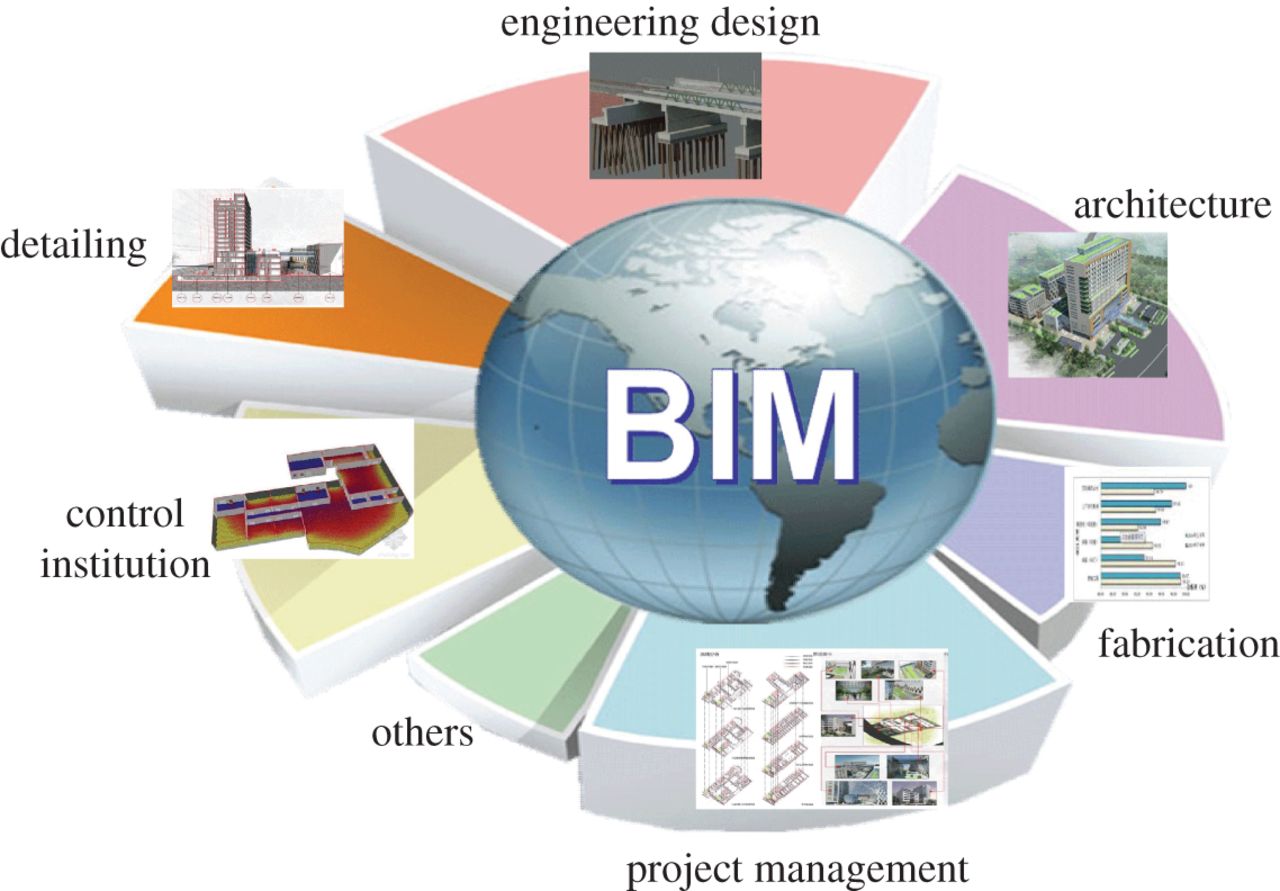
Interoperability is simply the ability to communicate with people and different types of software within the BIM spectrum. The transformative power of BIM allows it to focus its attention on interoperability of BIM that enables professionals to design firms and avoid becoming entrapped in outdated, proprietary systems.
There are many tools and software within building information model that help architects and engineers to achieve their digital representation of the project but it becomes difficult for the MEP team to read and write details about the components of their designed model.
Interoperability becomes imperative in such cases and especially in the field of construction where a single firm operating within the BIM sphere makes use of multiple software platforms to execute a detailed virtual design of the construction project. It’s essential for building professionals and software to share data effectively on regular basis.
However, this ability for computers and software to exchange and make use of information all the time is not easy to apply and implement. There are multiple challenges faced by BIM users in the way of interoperability and one of the biggest obstacles is a lack of understanding in the AEC market about its purpose and meaning.
Interoperability is not easy to implement but an initiative called open BIM offers its service to inspire international interoperability in BIM. Let’s understand how this universal approach is beneficial to the collaborative design and interoperability
How will open BIM assist interoperability?
Open BIM is a broad concept that allows BIM professionals and participants to share data and information on an AEC project.
The goal of open BIM is to enable users in understanding how to work interoperably right through technical groups and achieve a high-end level of interoperability in the system, open BIM makes use of a known data model called IFC (Industry Foundation Classes) that helps to facilitate communication between software platforms.
BIM is all about structured information that is coordinated but since professionals working in BIM are allotted to their own workspace it becomes difficult for architects and engineers to coordinate communication between them.
This model was developed to aid software vendors in communicating effectively without facing any coordination issues.
Technostruct have been working effortlessly in this construction spectrum to help their clients in achieving a high quality of work and approach their workspace from the right lens. Their erudite knowledge about the craft and significant contribution speaks for their level of expertise in this Industry.



